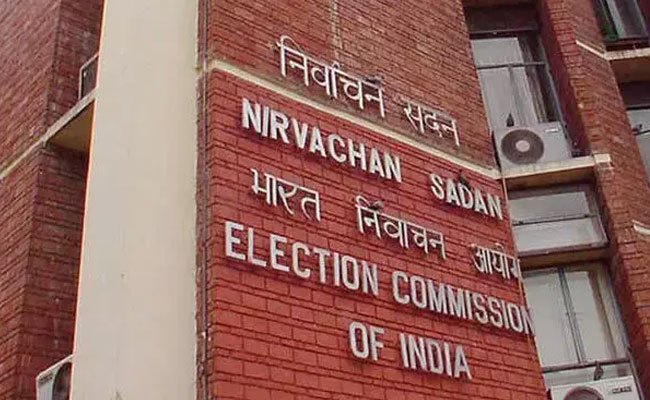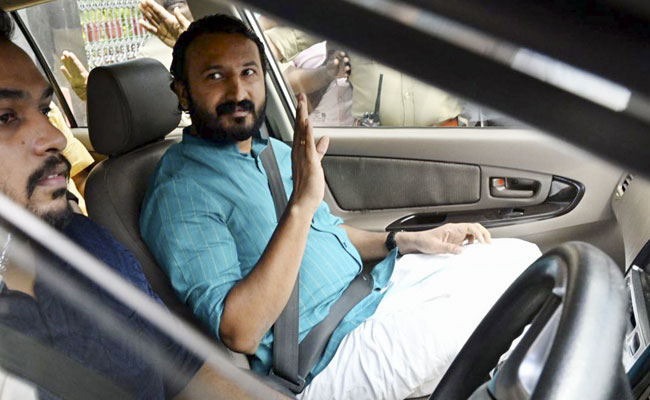Toronto, April 15: A good research pushed through social media -- primarily Twitter -- gets more citations, a team of researchers has found.
Analysing the famous academic aphorism "publish or perish" through a modern digital lens, a group of emerging ecologists and conservation scientists from the University of Alberta found good papers that get pushed on social media are what end up on people's minds.
"There's a compelling signal that citation rates are positively associated with science communication through social media. Certainly, Twitter provides an accessible and efficient platform for scientists to do a majority of that communication," said Clayton Lamb, lead researcher and a University of Alberta student.
Lamb and his team explored the phenomenon of science communication in the social media age, measuring the association of altmetrics -- alternative impact factors, which consider, amongst other avenues, the social media attention surrounding science discoveries -- with eventual citation of 8,300 ecology and conservation papers published between 2005 and 2015.
The team found a positive correlation between social media engagement and traditional measures of scholarly activity.
"There's a big hype when a paper comes out, but then there is this underwhelming lull for a year or two as you wait for citations to accumulate, so you don't really know whether your science is reaching people," Lamb said.
"We quantified whether science communication may correlate with more citations. In the case of ecology and conservation science, it looks like it does," added Lamb.
Lamb said though much of scientists' communication on social media is directed at other scientists, by virtue of the medium, information is making its way to the broader community.
He noted statistics show that nearly half of ecologists' followers on Twitter are non-scientists, environmental groups and the media.
"Ecologists and conservation scientists are dealing with applied problems that the public cares a lot about. So when science gets stuck in the circles of academia and doesn't make it out to the public, it's doing that publicly funded research and its potential applications, a disservice," said Lamb.
Let the Truth be known. If you read VB and like VB, please be a VB Supporter and Help us deliver the Truth to one and all.
Ahmedabad (PTI): The ongoing Special Intensive Revision (SIR) of the electoral rolls in Gujarat has revealed that more than 17 lakh deceased voters were still included in the existing voter list across the state, a release by the office of the Chief Electoral Officer (CEO) has stated.
According to the release issued on Thursday, the SIR exercise started in Gujarat on November 4 with booth-level officers (BLOs) distributing enumeration forms in their designated areas.
The campaign will continue till December 11.
"In the last one month, enumeration forms have been distributed to more than five crore voters registered in the 2025 electoral roll. In most of the 33 districts, 100 per cent of the distribution has been completed. Work on digitising the returned forms is currently underway. So far, the digitisation work has been completed in 12 out of 182 assembly constituencies," it said.
These include Dhanera and Tharad of Banaskantha district, Limkheda and Dahod (ST) of Dahod district, Bayad of Aravalli district, Dhoraji, Jasdan and Gondal of Rajkot district, Keshod of Junagadh district, Mehmadabad of Kheda district, Khambhat of Anand district and Jalalpore of Navsari district.
Dang district is at the forefront in this work with 94.35 per cent digitisation of the counting forms, said the release.
"During this exercise, it was revealed that 17 lakh deceased voters were still included in the electoral roll across the state. More than 6.14 lakh voters were found absent from their addresses. It has been noticed that more than 30 lakh voters have permanently migrated," the release said.
BLOs found more than 3.25 lakh voters in the "repeated" category, which means that their names figured at more than one place, the release stated.




